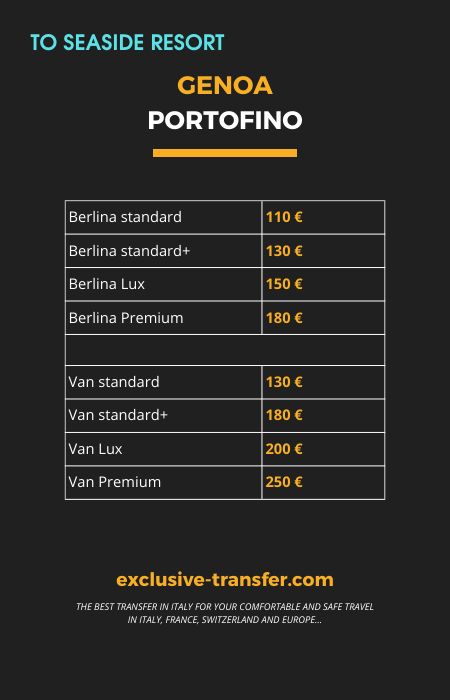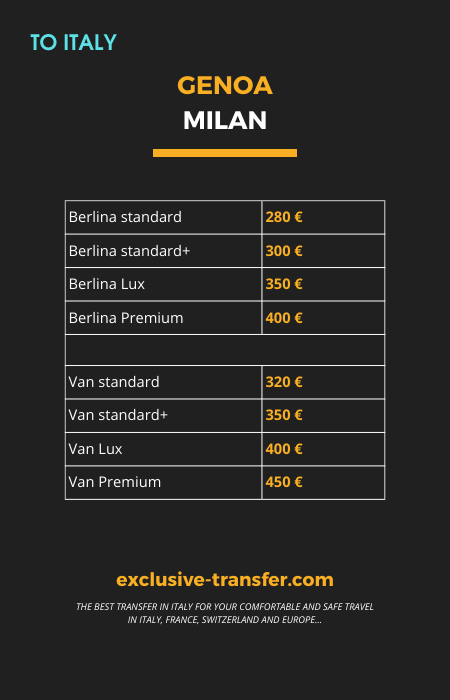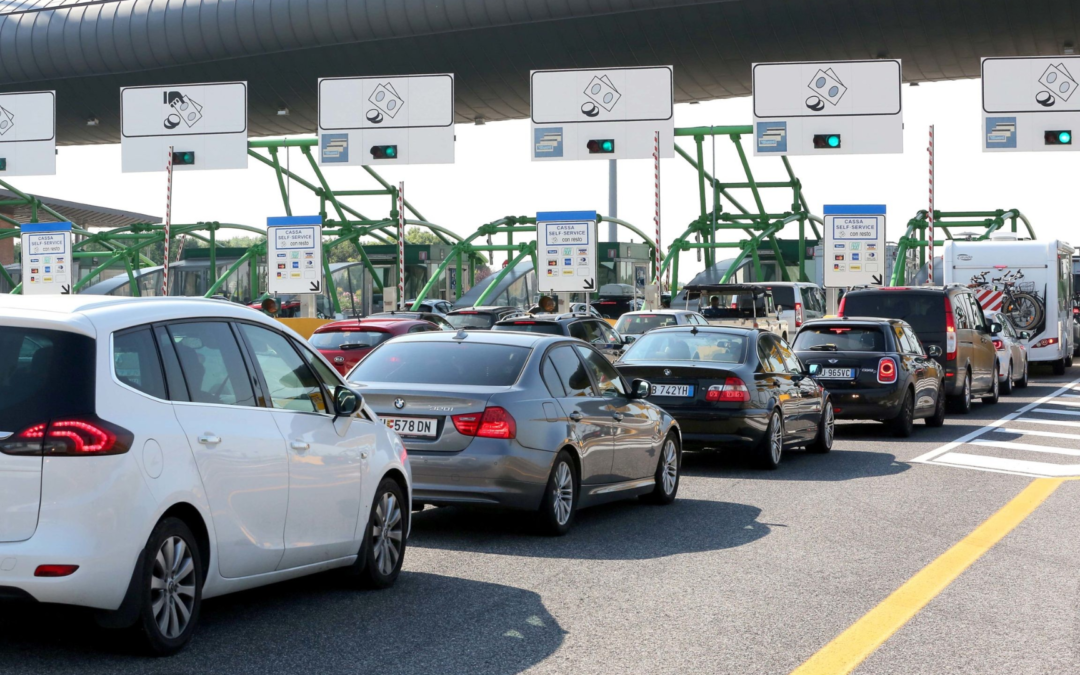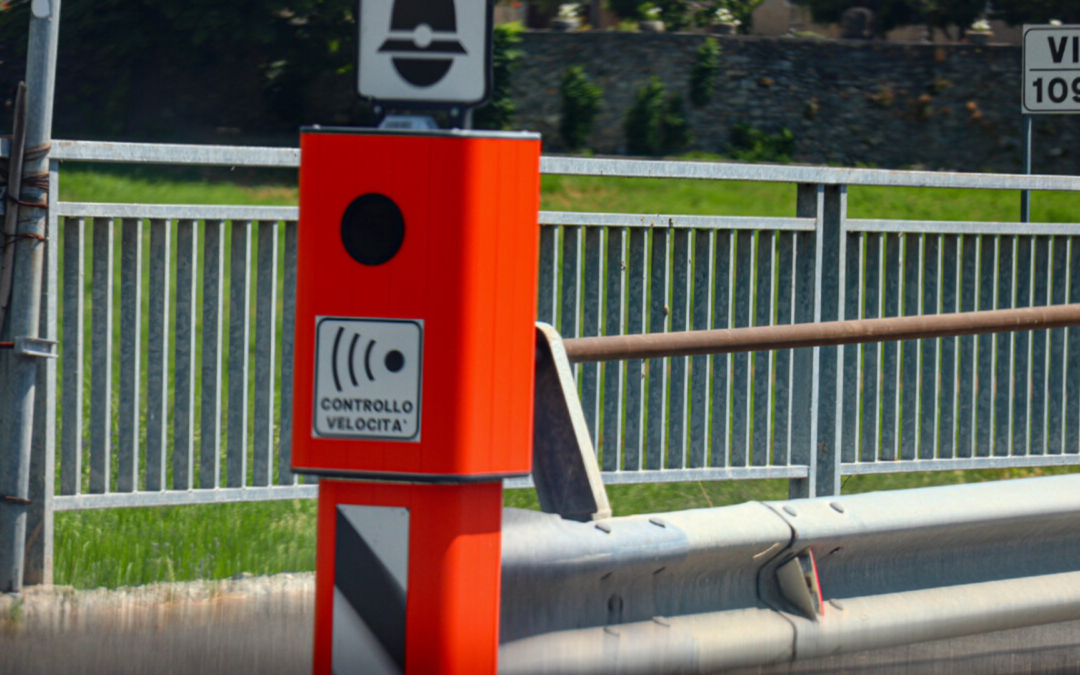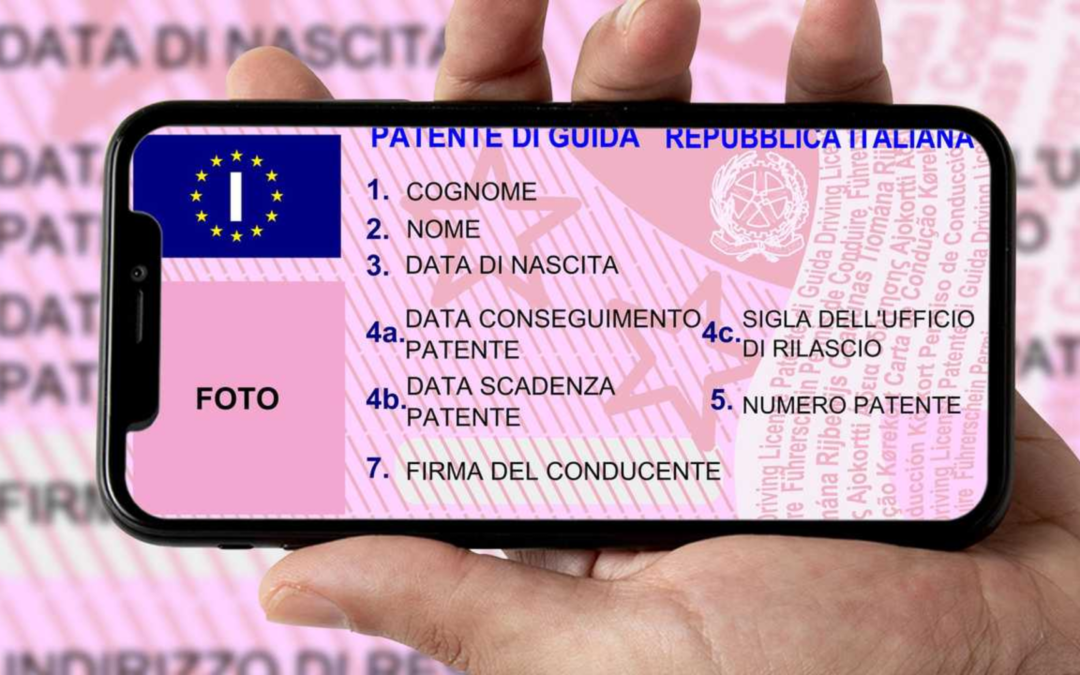Italy is facing a significant transportation challenge, rooted in a deeply ingrained culture of personal vehicle use that notably sets it apart from its European neighbors. With 66 cars for every hundred residents, including children and the elderly, Italy surpasses France, Germany, and Spain by 30%. This reflection of the Italian passion for cars persists even against the backdrop of climate change and mounting sustainable development challenges. In many cases, the use of personal transport is not just a habit but a necessity, particularly given the deficiencies of urban public transport.
The report by Legambiente, titled “Pendolaria,” criticizes the existing limitations in public transportation, especially rail transit, in Italy’s urban areas. Compared to leading European countries, Italy significantly lags in the development of rail mobility, including subways, trams, and commuter trains. The lack of investment and deteriorating infrastructure only exacerbates the situation, while other countries actively expand their transport networks.
A comparison with other European countries reveals a significant gap: the total length of urban lines in Italy is only 256 kilometers, markedly falling behind the United Kingdom, Germany, and Spain. The situation in capital cities, especially Rome, is even more critical, with one of the highest per capita car ownership rates in Europe.
The challenges Italy faces require a comprehensive approach to resolution. The Legambiente report underscores the need for additional economic efforts to develop metros, trams, and commuter lines, as well as to restore and refinance funds for the development of rapid public transport and cycling infrastructure. This involves moving away from irrational infrastructure projects towards more sustainable and efficient solutions.
This article explores the roots of Italy’s transportation problem, analyzes the current state of urban and suburban public transport, examines successful European practices that could serve as a model for Italy, and suggests specific steps and strategies that could help the country overcome its current transportation deadlock. The importance of an integrated approach to urban mobility planning, which includes the development of public transport, support for soft mobility, and the creation of conditions for reducing dependence on personal vehicles, cannot be underestimated. Italy is on the brink of major changes, and the path to sustainable development and mobility requires decisive and thoughtful actions
Transfer: The Best Way to Travel Through Italy and Its Major Cities
Traveling through Italy is an enchanting adventure filled with historical sights, cultural heritage, and culinary delights. However, when it comes to moving around the country and its cities, choosing the optimal mode of transportation can become a real challenge. Despite the development of public transport and the popularity of car journeys, transfers stand out as the most convenient and preferred option for many travelers.
Advantages of Transfers
Comfort and Convenience.
Transfer services offer a personalized approach, ensuring comfort and convenience during your journey. There’s no need to worry about public transport schedules or waiting for a taxi. A car will be waiting for you at the designated time and place, providing a smooth start or end to your travels.
Efficiency and Time-saving.
Using a transfer avoids time wasted waiting or making transfers. This is particularly relevant for airport transfers, where every minute of rest counts after a long flight. Direct delivery to your destination without unnecessary stops or delays is a significant advantage.
Predictable Costs.
When booking a transfer, you know the cost of your trip in advance. This eliminates unexpected expenses and the need to negotiate with taxi drivers, especially when facing a language barrier.
Flexibility and Personalization.
Transfers allow you to choose the type of vehicle according to your preferences and needs. Whether it’s a business trip, family vacation, or sightseeing tour, you can find a suitable transportation option.
Safety.
Traveling in an unfamiliar country, safety is a top priority. Transfers provide a high level of safety thanks to professional drivers and well-maintained vehicle fleets.
When is a Transfer Especially Relevant?
- Arriving at the airport. Starting your journey with a comfortable transfer from the airport is the best way to avoid stress and fatigue.
- Traveling between cities. Planning trips between cities, a transfer becomes a convenient way to travel, allowing you to enjoy Italy’s beauty without the hassle.
- Visiting remote attractions. For reaching remote tourist spots not always accessible by public transport, transfers offer the perfect solution.
In the context of traveling through Italy, transfers emerge as the most preferable mode of transportation due to their combination of comfort, convenience, safety, and efficiency. They are the ideal choice for those who value their time and comfort, aiming to make the most of their Italian adventure with positive experiences
Follow our news on our channels…
Subscribe OlO Italy News
TRANSFER IN ITALY
Malpensa Airport – Milan – from € 90.-
Como – Milan – from € 90.-
Bergamo – Milan – from € 90.-
Lugano – Milan – from € 140.-
Fiumicino Airport – Rome – from € 70.-
Ciampino Airport – Rome – from € 70.-
Civitavecchia – Rome – from € 150.-
Milan – Rome – from € 900.-





